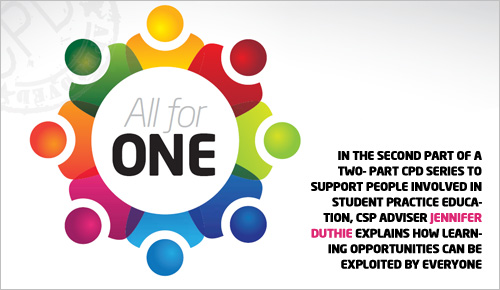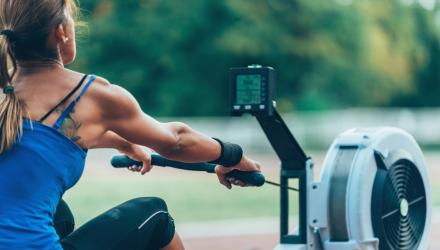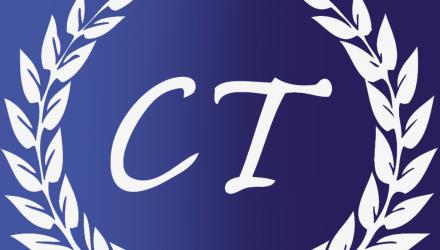In the second of a two-part CPD series to support people involved in student practice education, CSP adviser Jennifer Duthie explains how learning opportunities can be exploited by everyone.

Student practice education (SPE) is a core activity for everyone involved in physiotherapy. Whether you work in a higher education institution (HEI) or a practice setting, you have a role to play.
Non-physio colleagues can also help to ensure that graduates are equipped for practice.
As student practice placements extend into less traditional settings, such as charitable organisations, care homes and workplaces, we must find new partners to support student learning.
The CSP’s guidance is available at the ‘practice educator’ section of the new CSP Practice Education Information,Support and Guidance resource.
In these times of continuous change in education and health and social care, physiotherapy educators and students are learning how to adapt, meet new challenges and work in different ways.
‘Co-learning’ between previously more distinguishable educator and learner, although already part of SPE (explicitly or tacitly), may therefore become more prominent.
While a dual role of learner and educator may be challenging for some, all parties transparently assuming the role of co-learner can bring great benefits to a practice environment.
These may include reinforcing the need for continuing professional development (CPD), strengthening learning cultures, establishing the availability of learner peer support, recognising more activities as learning and expanding leadership opportunities.
SPE should therefore incorporate co-learning for CSP members at all levels as new ways of working are explored together across pre-existing seen or unseen boundaries.
It is important for learning associated with this to be recognised and promoted – to raise awareness, build confidence in adapting to change and inform further learning to ensure that physiotherapy continues to be fit for purpose in the future.
Students, practice educators and others have many opportunities to learn together, and from each another.
Co-learning can be a stimulating and rewarding experience for all.
Establishing co-learning as ‘normal’ practice helps to promote service settings as rewarding learning environments. Are you making the most of SPE by recognising and promoting co-learning opportunities? See Frontline, 19 February, for first article in this series. Example of how SPE can provide co-learning opportunity:Stand up for care and compassion Scenario
In a multi-professional community care case conference, another health worker refuses to accede to a patient request. Mrs Smith asked not to seen on Mondays when a family member visits. Your colleague says she is lucky to be seen at all. ‘We can’t have patients dictating when we can and can’t see them,’ she says.
Student learning and development
Self-reflecting on values and behaviours.
- Participating in a team discussion about individual patients’ needs and rights and scope for flexibility in a strained system
- Observing how this situation is dealt with (or not) by the multi-professional team.
- Raising concerns and questions with practice educator
Practice educator’s (and others) learning and development
Self-reflecting on values and behaviours
- Participating in a team discussion around a patient’s needs and rights and possibilities for flexibility within a strained system
- Debating issues and challenges with student, linking discussion to CSP Code of Members’ Professional Values and Behaviour.
- For HCPC standards of conduct performance and ethics
Scenario
The patient is aged 90 and has limited social contact, only being visited by her son on Mondays.
Student learning and development
- Raising awareness of expected service standards and policies (whistleblowing, for example) Contemplating how to deal with similar situations in the future
- Practice educator’s (and others) learning and development
- Challenging and supporting other team members to reflect on their beliefs, attitudes and behaviours to promote the delivery of services, incorporating care, compassion and person-centredness
- Reflecting on how similar situations may be addressed in the future
Example 2: Student placement in a day centre
Activity
- Supporting a student in an area where a physio doesn’t normally work full-time (stroke charity day care)
- Placement split between ward and day centre
- Long-arm supervision used to support the student while working in the day centre
Student learning opportunities
Gaining an understanding of:
- daily challenges encountered by people living with stroke
- community services
- communication issues
- mobility issues
- general effects of brain damage or injury
- value of physiotherapy in day care
Developing the following skills:
- communicating with stroke patients, carers, support workers and professionals
- working independently
- movement analysis
- helping others cope with long-term conditions
- learning from a range of people and sources as CPD
- Practice educator’s learning opportunities
Gaining a better understanding of:
- collaborating with new partners
- sharing responsibility for student learning and welfare
- ‘long-arm’ student supervision
- facilitating student independence within their scope of practice
- helping others take a holistic, person-centred physiotherapy approach
- local services
- roles of the voluntary sector
- how stroke patients’ needs can change
- value of physiotherapy in stroke day care
- learning from a range of people and sources as CPD
How to use this article for your CPD
Practice educators (and others):
- Include examples of co-learning when you are reflecting on your professional development related to SPE.
You may wish to make notes of how you need to learn and work with others if you plan to change how you deliver SPE in response to contemporary service demands Students (and others):
- Consider broadening the documented outcomes of your learning from SPE.
- Include learning from helping others in co-learning situations.
- You might find it useful to refer to the ‘student’ section of the new CSP Practice Education Information, Support and Guidance web folio.
Author Jennifer Duthie
Number of subscribers: 0




































